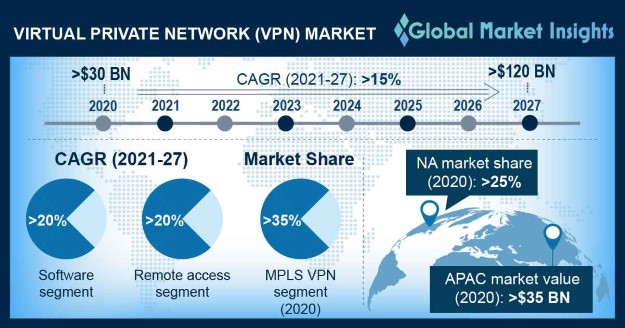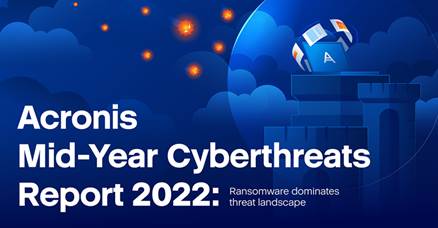Digital Payments And Virtual Credit Cards Continue To Grow Across The MENA Region
The growing use of virtual Visa corporate credit cards across the MENA region has been accelerating as companies adapt to the rising digital economy. Based on newly released data by Tribal Credit, a company that provides comprehensive digital financial solutions for companies at all stages of development, new virtual cards have increased by 126% between Q3 2021 and Q3 2022.
According to Tribal, a 360° financial digital solution for companies at different stages of growth, the use of virtual corporate credit cards increased by 91% in Egypt between Q2 and Q3 2022, 117.5% in Saudi Arabia, and 42.9% in the UAE.
Businesses in the Middle East are relying increasingly heavily on digital payments. According to the consultancy McKinsey, digital payments have been steadily increasing in MENA since 2014, and use was accelerated by the pandemic, with a survey suggesting that cumulative growth in digital transactions has exceeded 50% since 2020.
For example, according to McKinsey, Saudi Arabia saw a 70% growth in card payments between February 2019 and 2020, while consumer digital payments grew by more than 9% annually in UAE between 2014 and 2019.
Despite the rapid shift to digital payments, traditional banks have been slow to adopt them. However, payment fintech, such as Tribal, have emerged to provide services optimized for today’s business environment.
The number of digital payment solutions has increased significantly as companies shift to a digital economy. The issuance of new virtual cards by Tribal in Saudi Arabia increased by 157.4% from Q3 2021 to Q3 2022, reflecting the trend. In addition, it rose by 64.6% in the UAE and 263% in Egypt.
Tribal’s Visa Virtual Corporate Card product is among the latest generation of solutions geared towards digital payments. Security, centralization of expenses, control over payment permissions and users, and ease of handling are central to the product’s appeal.
Like physical cards, virtual cards include the user’s name, number, expiration date, and security code, but they do not require physical cards. With a virtual wallet, users can use their cell phone or digital watch to make purchases online or physically. As a result of this digital product, companies can now manage and monitor payments more effectively.
Virtual cards provide users with enhanced flexibility in the digital payments space. The single-use virtual card was designed so that companies can pay for an expense that does not repeat over time – for example, purchasing a plane ticket – and that, after being used, can be eliminated. With the recurring use card, it is possible to transfer funds monthly to pay recurring expenses.
“Whether single-use or recurring, virtual cards are secure and efficient solutions for digital transactions because they offer data encryption and, being digital, there is no risk of loss, making it difficult for companies to fall victim to cloning and identity theft for this reason. In addition, they allow companies to decentralize purchasing operations, making payment processes more efficient and increasing capability across the company. And finally, in the event of cloning or improper use, they can be deactivated in real time and reactivated if required”, commented Amira Fadel, regional manager for MENA at Tribal.
Online spending with Tribal was greatest for online advertising, freight and logistics, and technology and computer infrastructure – further highlighting how Virtual Cards are a valuable tool for companies at different stages of growth seeking to operate more quickly in the digitally enabled economy.












